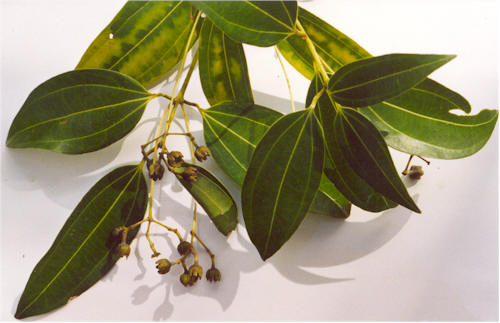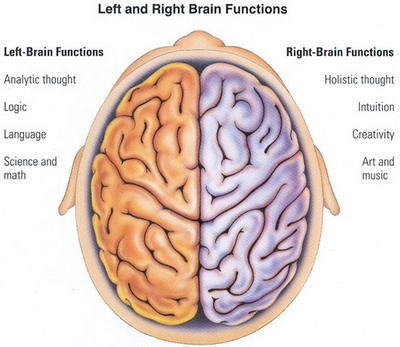TKT Tip 02: TKT Module 1 - Writing subskills
Level: pre-intermediate, intermediate, upper-intermediate
This month Jim looks at a question from Module 1, Part 1 of TKT: Language and background to language learning and teaching – Describing language and language skills.
In this regular column we help you to improve your answers to questions in TKT – the Teaching Knowledge Test set by University of Cambridge ESOL Examinations. Each month we look closely at one question and find out why the correct answers are right. All of the example questions are taken from real TKT sample exams but have been shortened.
Try this question*:
For questions 1-3 match what the writer does with the writing subskills listed A-D. There is one extra option which you do not need to use.
Writing subskills
A) Using a model
B) Drafting
C) Peer evaluation
D) Re-drafting
What the writer does
1) I start writing, developing my main points.
2) I re-organise what I have written to make my ideas clearer.
3) I give work to someone else to ask for his/her opinion.
* Reproduced with the kind permission of University of Cambridge ESOL Examinations.
Question focus
This question asks you to match a writer’s description of what she does when writing a text with the names of the writing subskills, strategies or techniques she uses. To be able to answer this correctly you will need to know about the meaning of the terms used to refer to different ways of working on writing.
What you need to know
A model is a text that provides a good example of how texts of a particular kind can be written. Someone who wants to write a similar text can study the model and notice features (such as layout, structure and fixed phrases) that they could make use of in their own written text. For example, a learner who wants to write a formal business letter might find it useful to first look carefully at one or more models of successful business letters of the same kind. Coursebooks and writing manuals often include examples of model texts.
When someone is drafting a text they are writing a text for the first time. It is not yet a final version. If a text is a draft, this means that the writer intends to go back to it to revise it or correct it, with the intention of improving it. A first draft may be very different from a final text.
After a writer has drafted a text, she may want to read through it carefully in order to think about how it could be made better. Another useful way to get feedback about a text is to give it to someone else to read and comment on. This is known as peer evaluation. Sometimes a different reader can spot useful things that a writer hasn’t noticed. In a classroom lesson, a student may show their first draft of an essay to another student in order to hear that person’s views on the structure of the text, whether it is clear and easy to understand, if there are any mistakes and so on.
In the phrase peer evaluation, a peer means another student in the same class or, perhaps, another learner of the same age or ability level. A teacher or parent or higher level student is not a peer.
As a result of carefully reading their own first draft or after receiving peer evaluation on it, a writer may decide to go back to write a new improved version of their text. This is called re-drafting. If a text is a redraft, the writer is not just making minor changes or correcting a few small errors, but is making some more substantial improvements to the writing, for example, improving its organisation and coherence. A writer might redraft their text a number of times before getting to the final version.
So what are the answers?
1B; 2D; 3C The extra option which you do not need to use is A.
What else should I study?
You also need to know what these are: brainstorming, planning, proofreading

 ค้นหาทุกอย่างในเว็บครูบ้านนอก :
ค้นหาทุกอย่างในเว็บครูบ้านนอก :


































Bookmark with:
What